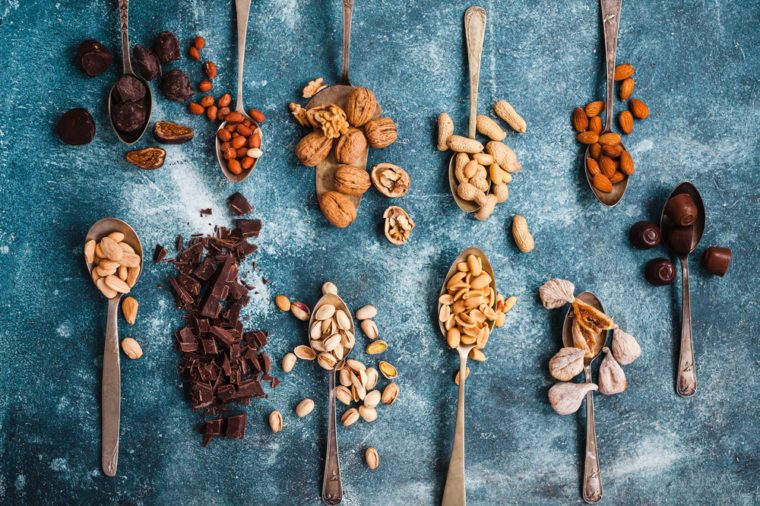Going ketotarian

The diet of the moment is the ketogenic plan—people turn to it to lose weight, to manage chronic illness, or to find a healthier lifestyle. This high-protein plan focuses on meat, however. The goal is to eliminate carbs, jack up the protein, and force the body to burn fat for fuel (instead of its preferred source: carbohydrates). This phenomenon is called ketosis—but the meat focus prevents vegetarians from experimenting with the plan. Now there’s a vegetarian keto diet—dubbed ketotarian—that draws on nonmeat sources of protein. Here’s what you need to know about the vegetarian keto diet. Read the 13 things people get wrong about the keto diet.
What is the keto diet?

With no carbs for fuel, the body produces ketones by breaking down fats in the liver. This helps burn excess fat and jump-start your metabolism, and it can lead to weight loss and increased energy. There is also an emphasis on whole foods with the keto diet, which means that many types of processed foods are off-limits.
“The original keto diet is extremely high in fatty meats, which is not good for our cardiovascular system,” says Melissa Bailey, RD, creator of the Nourished Fork. “The vegetarian version eliminates these meats and allows for more plant-based options, such as avocado and nuts and seeds. In general, the population is going towards a more plant-based, whole-foods diet, which is why the ketotarian diet is emerging.”
How does a vegetarian keto diet work?

First, even nonvegetarian keto eaters shouldn’t focus too much on meat: “The misconception that keto diets require huge amounts of meat or meat products may scare off vegetarians, those concerned about the environment, or people that want to eat healthier,” says Bobbie Henry-Barron, a dietitian at the Adult Epilepsy Diet Center at Johns Hopkins University. “A vegetarian version of the ketogenic diet may be appealing for its weight loss and other health benefits
[“source=cnbc”]

